

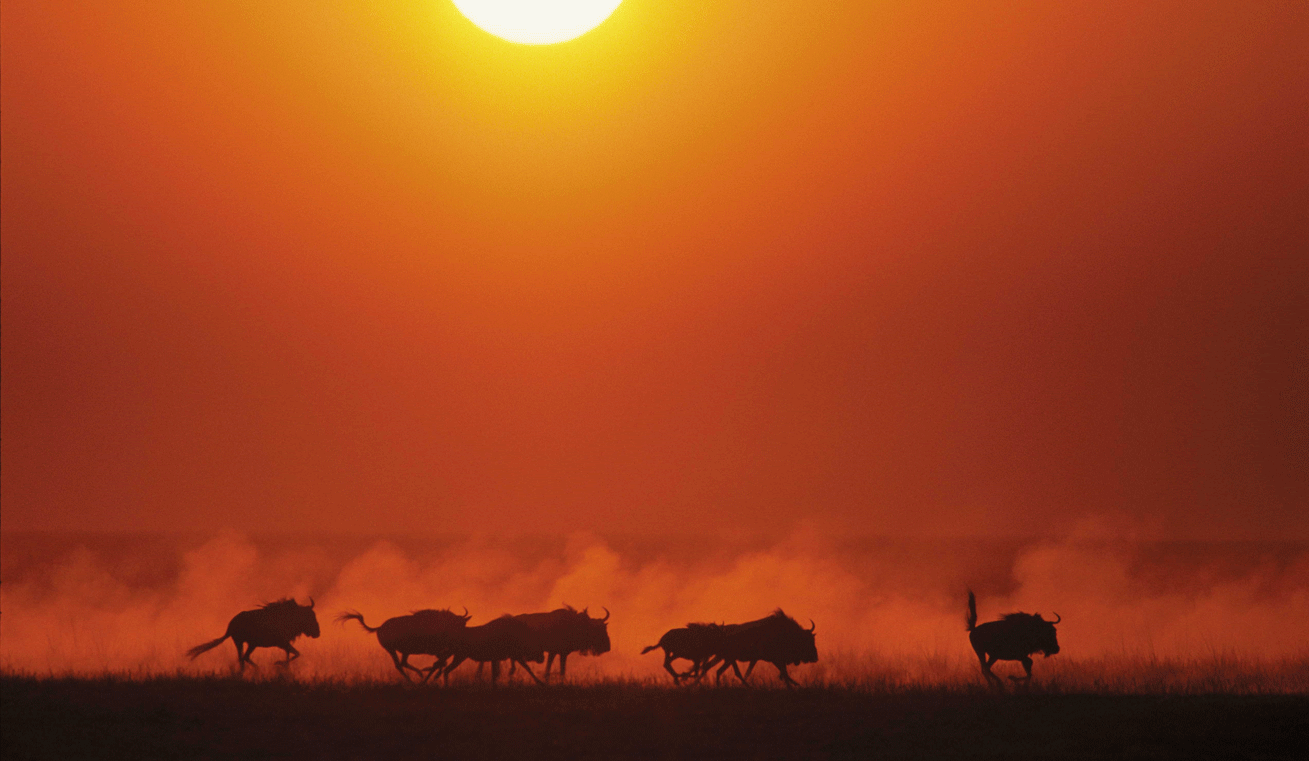 |
Wildebeest Wildebeest feed on grass in Africa’s plains and forests, and their migration coincides with the rainy season. The migration is a spectacle to behold, as up to 1.5 million wildebeest and thousands of other animals travel northward. Photograph by Chris Johns |
 |
Waimanalo, Hawaii
Paddlers perfect their racing strokes in an outrigger canoe off Oahu’s windward coast. Photograph by Jodi Cobb |
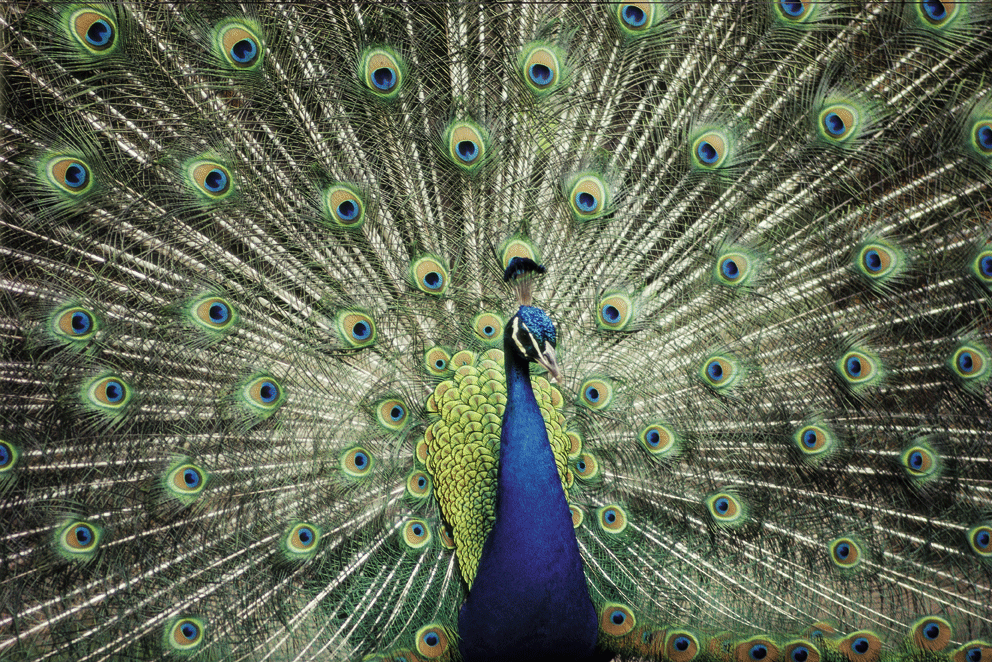 |
Peacock
One of the most ostentatiously adorned creatures on Earth, Peacocks are large, colorful pheasants. Known for their iridescent plumage, males may use their feathers to attract harems of several hens. To entice females their brilliant tail feathers, or coverts, spread out in a distinctive train that is more than 60 percent of the bird’s total body length. Females are believed to choose their mates according to the size, color, and quality of these outrageous feather trains. |
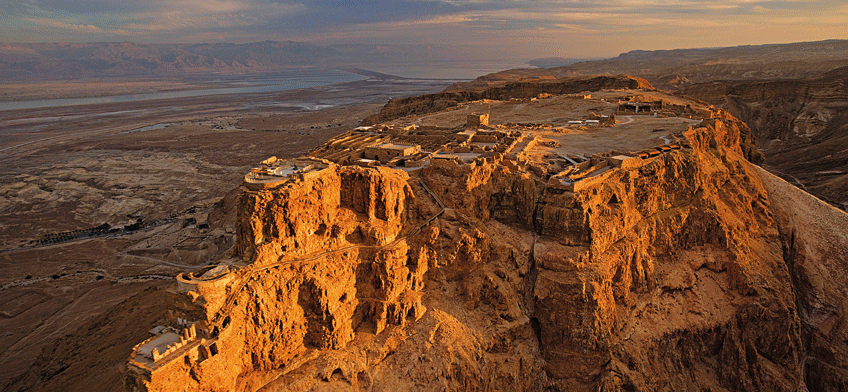 |
Masada
The breathtaking citadel at Masada sits on the flanks and summit of a towering mesa on the western shore of the Dead Sea. King Herod built two palaces on the site: one that sprawls across the mesa’s flat top and one constructed dramatically in three tiers on its north-facing cliff. Much of Herod the Great’s success as a leader is tied to his conciliatory relations with the Romans. Seventy years after his death, though, Judaean rebels openly challenged Roman rule. After taking Jerusalem in A.D. 70, Roman forces besieged Masada, where roughly a thousand rebels had holed up. Some 15,000 forces assailed the mountain citadel for nearly two years before breaking through. The rebels, called Zealots, allegedly committed suicide rather than be captured. . |
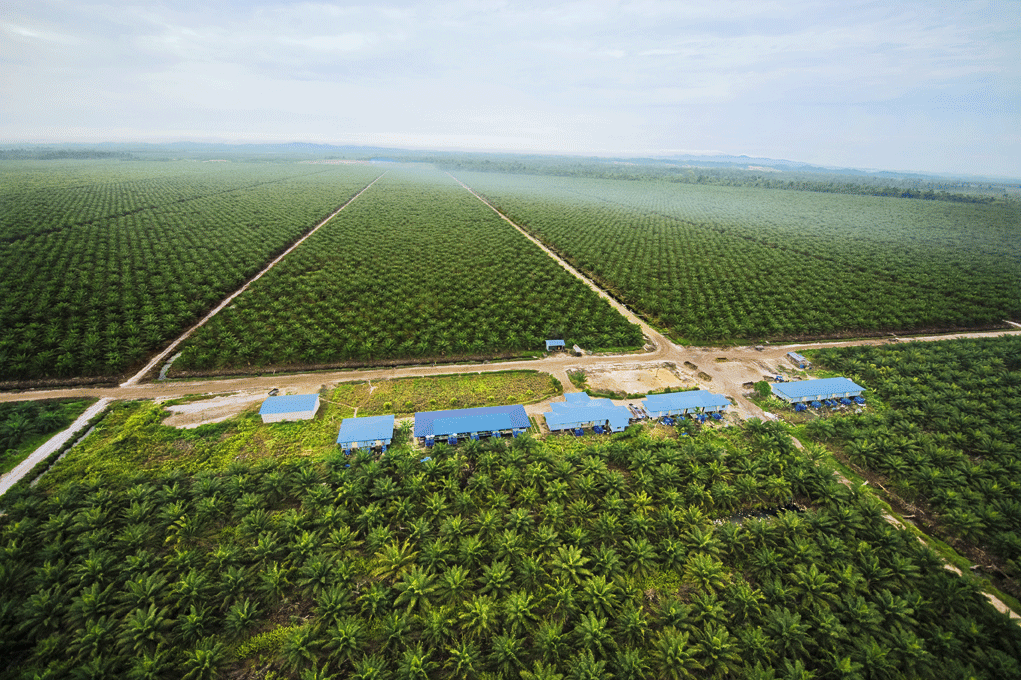 |
Oil Palms
Orderly ranks of oil palms displace native plant and animal species in Sarawak, Malaysia. A staple in home cooking and processed food manufactured across the globe, palm oil is also in big demand for making biodiesel. But the environmental benefits of this «green» fuel may not be worth the costs. |
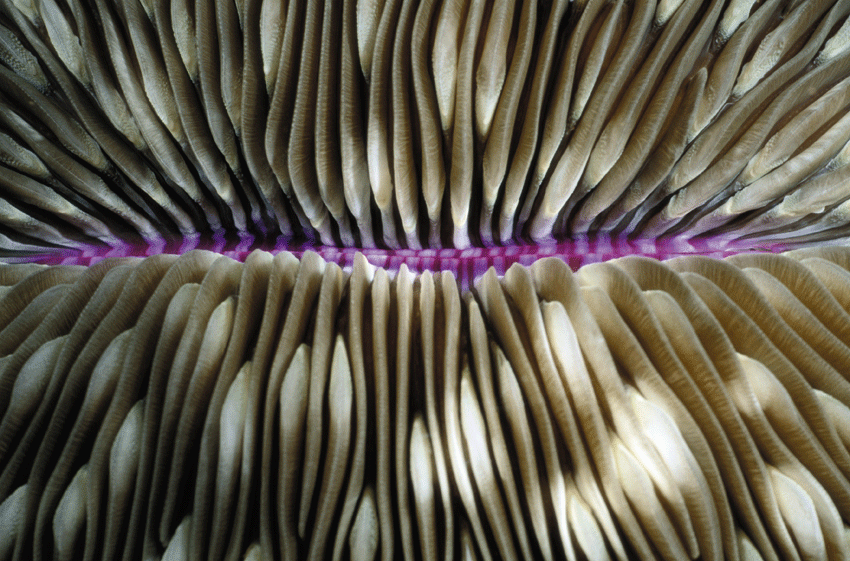 |
Mushroom Coral
The mushroom coral uses this amazing Technicolor mouth to feast on something no other coral is known to favor—adult jellyfish. It’s thought that the corals simply wait for jellies to run into them, then snare them with stinging tentacles and shove them into their mouths. Unlike reef-building corals, mushroom corals—among the world’s biggest polyps at up to 12 inches (30 centimeters) wide—live as individuals. |
 |
Gentoo Penguin
Gentoo penguins have plenty to be apprehensive about when entering Antarctica’s frigid waters. To reach the summer’s bounty of fish, squid and krill, they often must negotiate a phalanx of hungry sea leopards. |